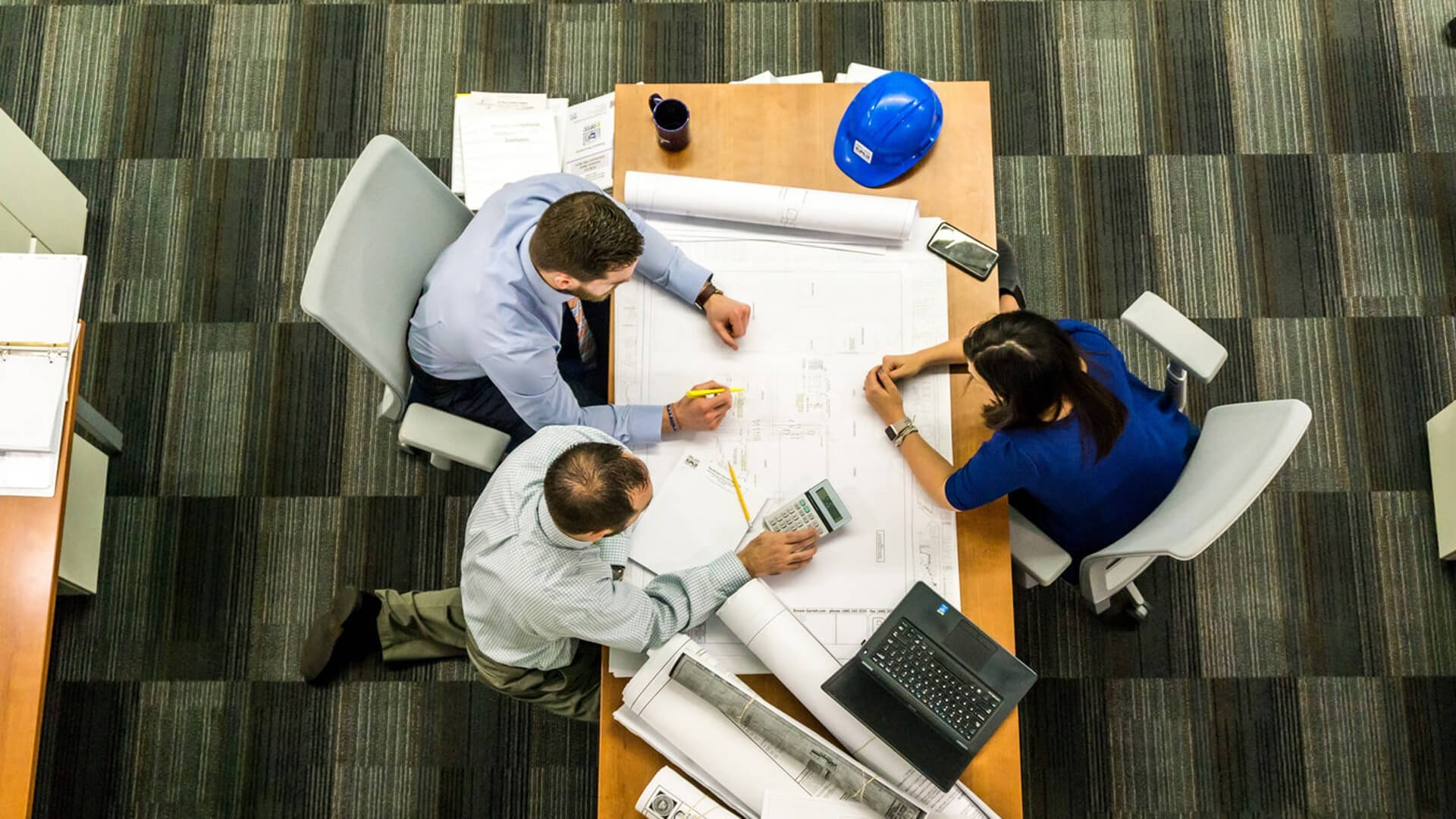By Holly Welles, Construction and Commercial Real Estate Writer and Editor of The Estate Update
Many industries have applied lean thinking and lean methodologies successfully to trim some of the fat of complex processes and minimise resource requirements.
As the name suggests, “lean” refers to a migration process where organisations adhere to minimal practices designed to maximise value and efficiency while eliminating excess waste production. Its exact meaning depends on the organisation and its operations.
In construction, lean methodology means emphasising the supply chain to decrease potential breaks, increase workflows and gain more control over the entire operation. Management teams tend to move away from macro-management and distanced strategies.
Instead, they perform more focused improvements that impact the project as a whole. Furthermore, they make changes based on a project’s needs — as opposed to a calendar- or schedule-based approach — thanks to real-time monitoring and adjustments.
This strategy is a new approach to project delivery based on relationship- and respect-centred management. When put in place, lean construction offers innovation in building and design.
That all sounds straightforward enough, but what benefits do construction teams gain as a result of this forward-thinking methodology? Can additional, clear-cut reasons explain why a firm should consider implementing a lean construction approach?
1. Higher quality work with improved productivity
The nature of lean principles places greater emphasis on all members of a team, imbuing both trust and respect in workers — especially those down in the trenches. It fosters improved communication, collaboration and performance.
Everyone in the workplace aligns with the appropriate objectives. They’re empowered by trust and work closely with one another to create a well-oiled unit — as opposed to the adversarial environment of a more traditional construction approach. That also lowers the risk of errors, which itself decreases the need for reworks.
Processes like pull scheduling, prefabrication, better design and preconstruction planning allow execution closer to the field. In other words, workers become much more efficient and use fewer resources.
The result is higher quality work from all involved. Businesses consume fewer resources, decrease waste and improve their total productivity.
2. Significant waste reduction that contributes to higher profits
In construction, waste is an incredibly prevalent concern that can come in various forms. It isn’t always physical waste stemming from defective or unused goods and supplies. It can also result from inefficient use of time, money and other resources.
Specific to the construction industry, waste is often a by-product of overproduction, over-processing, defects, surplus inventory and wasted motion. With the help of lean construction, however, companies can either reduce or eliminate up to eight categories of waste they experience.
The lean approach explicitly identifies the primary channels of waste and incorporates ways to address them much earlier in the production process. Teams use a local event called the Rapid Process Improvement Workshop (RPIW) to kickstart lean work on a project.
3. Safer work environments and jobsites
One side effect of incorporating lean construction is a much safer work environment for all, including those on active jobsites. The improvement manifests as a result of reduced material inventory and waste, organisational benefits, a reduction in labour-intensive processes and shorter work spans.
The work is done using much more efficient procedures over a shorter period, which greatly reduces the time workers must spend on a jobsite or in hazardous conditions. Furthermore, the boost to organisational mechanics means the entire project is better managed and monitored. The process cuts down on potential accidents, confusion and problematic encounters.
4. Enriched risk management policies
Pull scheduling — or the Last Planner System (LPS), as it’s sometimes called — creates a work plan fully capable of measuring progress and dealing with issues throughout the scope of a project.
It works like this:
- A master schedule is created to establish milestones and key achievement dates.
- The schedule is used as a backlog to highlight tasks ready for execution — also referred to as make-ready.
- Teams commit to complete work or tasks based on the defined sprint — a weekly work plan defined in weekly integers.
- Each commitment is assessed and reviewed under a continuous improvement method — task progress is tracked, and problems are remedied as they arise with the help of feedback and active learning.
Pull scheduling introduces a cyclical operation where team members can continuously monitor their progress and compare it to the project’s overall planned commitments. Workers have increased levels of accountability, and managers have a clear overview of risks. Decision-makers can, therefore, make adjustments to mitigate severe problems before they arise, encouraging a proactive system for all involved.
5. Smarter and more informed post-mortems
When any construction project ends, the team must compare the work, expenditures and performance to pre-planning and estimations. Referred to as a post-mortem, the assessment will help reveal the total profits and gains, as well as the areas where a team missed their mark due to lower-than-expected performance and similar issues.
Lean construction encourages a comprehensive analysis at the close of a project as well as throughout its lifecycle. This all-encompassing focus helps to determine and apply various improvements, thus enhancing efficiency even further. Managers and decision-makers can build an action plan for future opportunities based on historical analysis.
Lean construction is the future of the industry
Nearly all construction projects are challenging, which means managing all aspects of an operation is just as complex. It can cause many inefficiencies, including an abundance of waste, poor use of time, higher costs and sometimes even lower-quality work.
Lean construction aims to do away with many of these negative by-products by merely prioritising maximum efficiency while reducing both waste and risk. The benefits realised after its adoption could potentially transform any organisation, leading ultimately to success. It’s no wonder lean methodology is a hot topic and is hailed as the future of the industry.

































